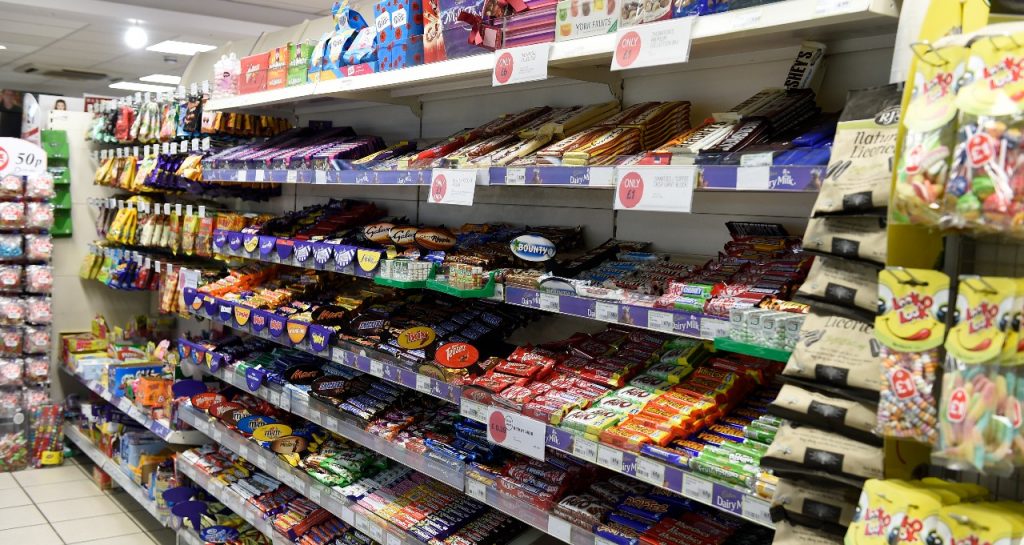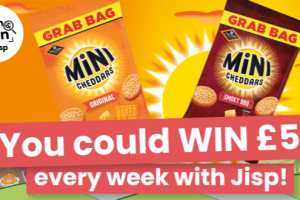The analyst Lumina Intelligence says that 19% of products picked up by shoppers come from either the end of an aisle (7.9%), a display at the front of the store (5.8%) or a display at the till (5.7%).
All three areas will be banned for HFSS goods from October next year, although the legislation should not affect stores under 2000 sq ft.
Stores with fewer than 50 staff will also be exempt, but the government has said that symbol group stores will not be allowed the staff numbers exemption, because the groups as a whole have more than 50 employees.
The Lumina research also found that younger shoppers are more likely to pick up goods in HFSS restricted areas, with impulse shoppers generally more likely to buy something that is in a high visibility area.
Sophie Lane, key account lead at Lumina Intelligence, said: “For brands impacted by HFSS, strategies around shopper marketing will become even more crucial. How can you drive attention to your product within the main fixtures?
“For brands not impacted, how can you take advantage of any additional product placement opportunities? For retailers, how can they work with brands and open up alternative activation opportunities?”
“Preparation is critical, with retailers needing to work closely with brands to create a solution that suits everyone and mitigates the risks posed by HFSS.
“Alternative strategies such as introducing price-marked pack lines, expanding meal deal and cross merchandising options outside of the usual three item lunch deal will help retain lockdown shoppers and maintain value for money satisfaction ratings in convenience stores.
“Price-marked packs are particularly important for impulse categories reassuring shoppers they are not being overcharged and helping retailers maintain their competitive edge over supermarkets and discounters.
“In total, 46% of convenience shoppers purchase price-marked products.”
 Talking Retail Grocery and product news for independent retailers
Talking Retail Grocery and product news for independent retailers






